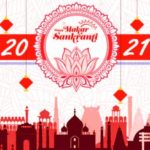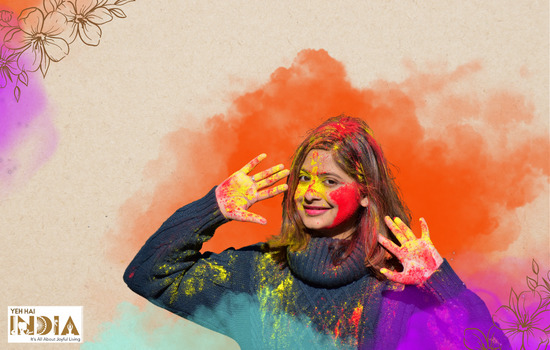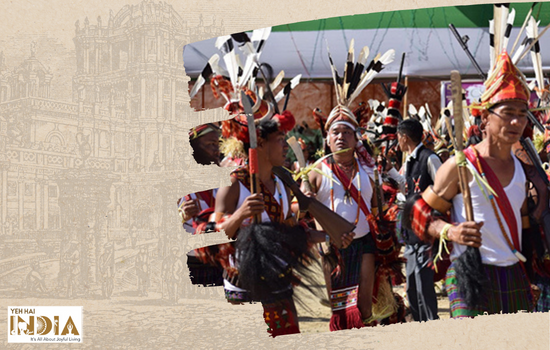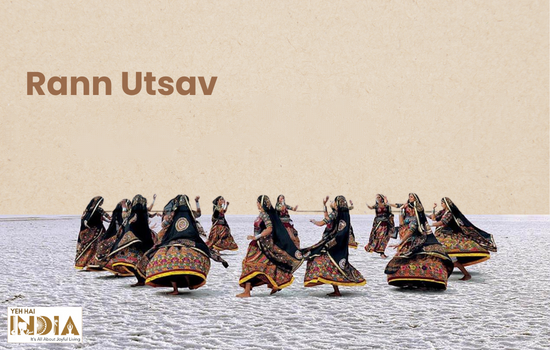Indian classical music is a rich tradition originally hailing from South Asia which has now gained fame in all corners of the world. You can trace its origins back to the 6000-year-old holy Vedic scriptures based on chants, a system of musical notes using rhythmic cycles.
The Indian classical music instruments maintain close links to nature and natural sounds. The raga or tune takes inspiration from natural phenomena, including the seasons and times of the day.
Although the fundamental composition remains the same, the artist possesses the freedom to improvise the raga, in turn, making each performance unique.
Classification of Indian Musical Instruments
In the age-old traditional reference for Indian musical instruments, Natyashastra, the author Rishi Bharat has classified all the devices into four principal categories, noted as follows:
Recommended Story – # Top 11 Famous Indian Musical Instruments Names with Pictures
1. Tantu Wadya
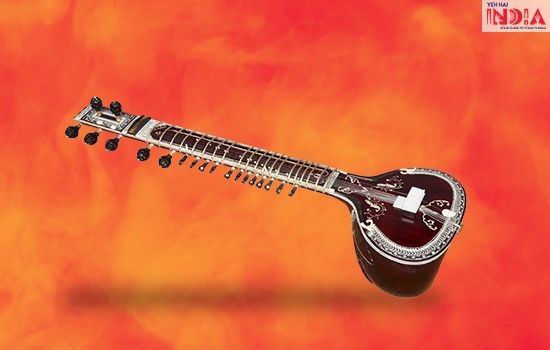
These are string-based Indian classical music instruments which in the olden days consisted of animal skin and hair, etc. With the advancement of age, metal strings caught our attention, and the creation of a variety of different string instruments came about. All these differed in their shapes, sizes, and number of strings. Some of the mythological Tantu instruments are the Veena and the Sitar. Western music knows these string instruments as Chordophones, and they comprise of four additional categories:
- Tat or Nakhaj wadya are the string instruments played using fingernails. Examples include Veena, Sitar, and Sarod.
- Vitat wadya are the instruments played using a bow. For instance, Sarangi and Violin need an additional bow-like device when played.
- Lastly, some stringed instruments, like the Santoor, are played by striking the cords with a spoon-shaped hammer.
2. Ghan Wadya

Instruments such as Gopichand, Kartar, Manjira, and Jal-Tarang are solid-body devices, which can produce only particular types of sounds. That quality restricts variation in sound production. Generally built using metal, clay, or wood, Ghan wadya instruments are also known as Idiophones, and they maintain the background rhythm in any musical performance. Ghatam and Morsing are popular Carnatic musical Ghan wadya instruments. Carnatic music vocalist can improve their skills by learning to play these instruments as well.
Recommended Story – All about Bharatanatyam- The History, Steps, Attire, Vocals & Instruments
3. Sushir Wadya
Popularly known as wind instruments, Sushir wadya have a certain number of holes in the device. When the artist passes air through these holes, it reverberates creating musical sounds. The player can control the frequency of the sounds by differing the air pressure whenever necessary, to match the tune. Example: Nadaswaram, Magudi, Alghoza, Kombu or Shringa. The construction of these air columns uses bamboo, wood, or metal. In western music, they are called Aerophones and are of two types:
- Mouth-blown Sushir wadya instruments consist of passing air directly through the mouth. Examples include Shankh, Bansuri and Shehnai.
- In the other category, the air gets blown by a bellow, like the one in Harmonium.
4. Avanadhha or Charmaj Wadya
These are percussion Indian music instruments which are essentially hollow from the inside and made with a tight animal skin coating. The word Acanadhha denotes covering over or concealing, which indicates that the soundbox of these types of instruments gets covered with a specific layer which helps produce music when struck. Modern music knows them as Membrane Phones. The most notable examples include Tabla, Nagada, and Damroo used by Shiva. Further segmentation of the Charmaj wadya devices is done based on the process of playing them:
- Some are stuck with palms and fingers like Tabla, Dholki, and Dholak. Mridangam and Khanjira also fall under this category and are a part of Carnatic musical instruments.
- Some need sticks or hammers, like the Chaughada and Dhol.
The diversity of Indian classical music reaches far and wide. Each of these instruments contributes a unique sound when played together in a composition, eventually producing a mesmerising tune.
Also Read – Top Memorable Ghazal Singers of India and their Memorable Songs





